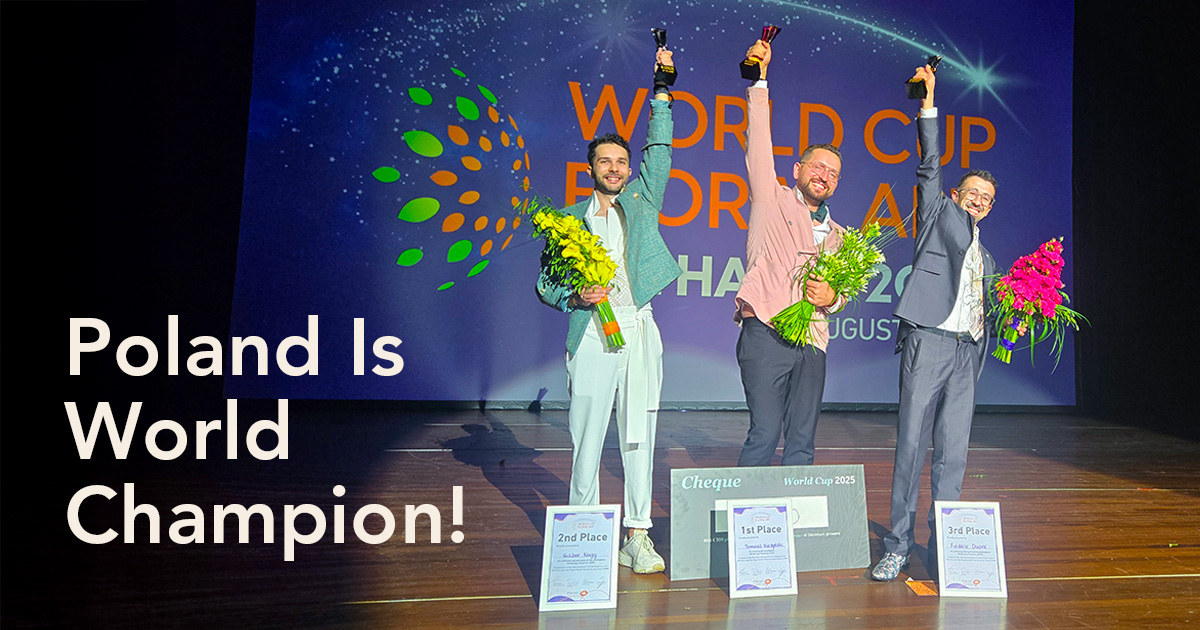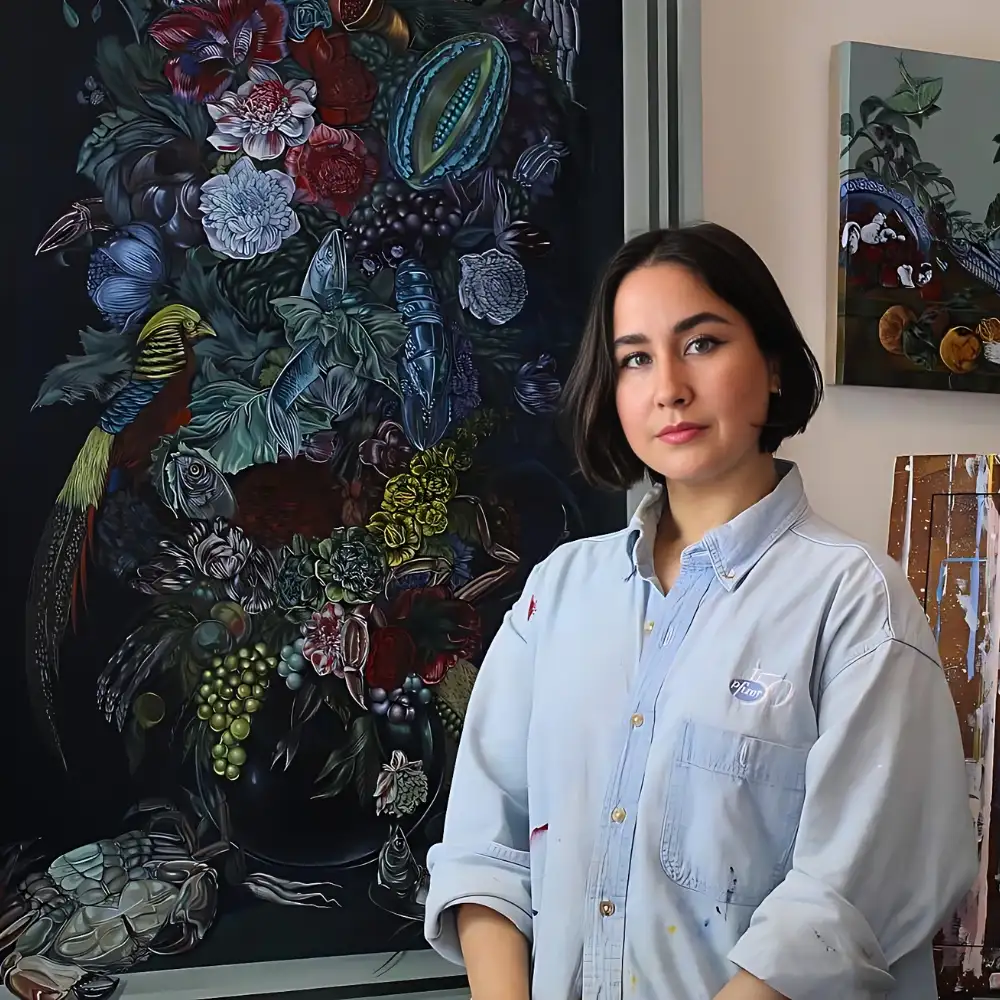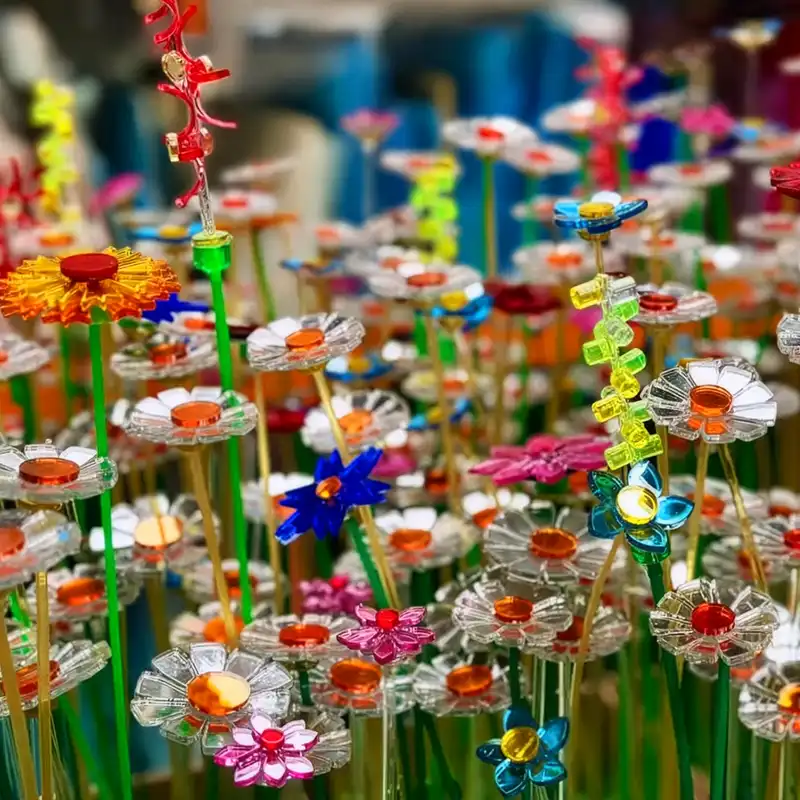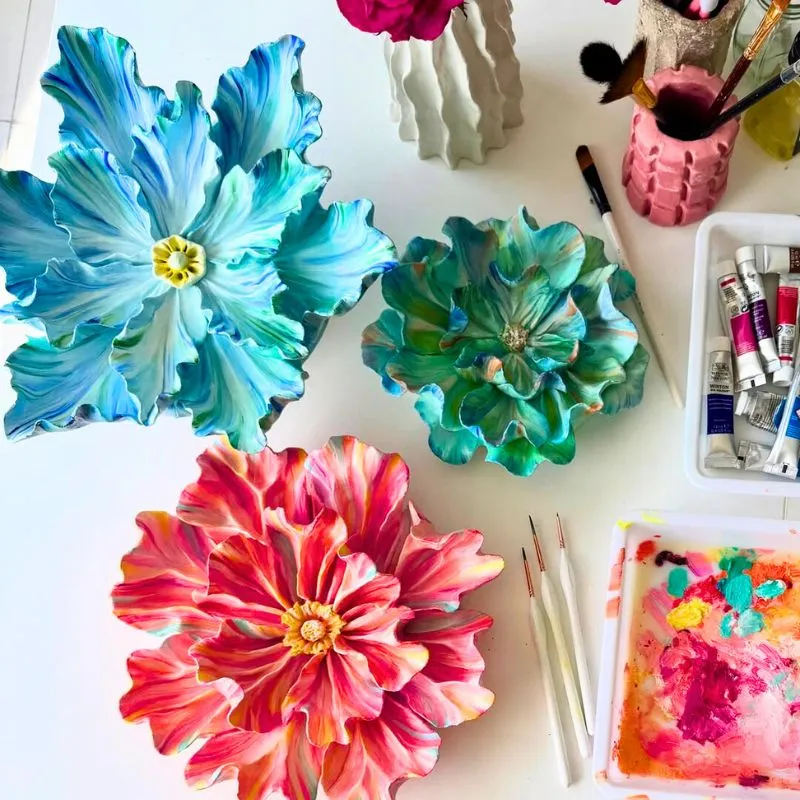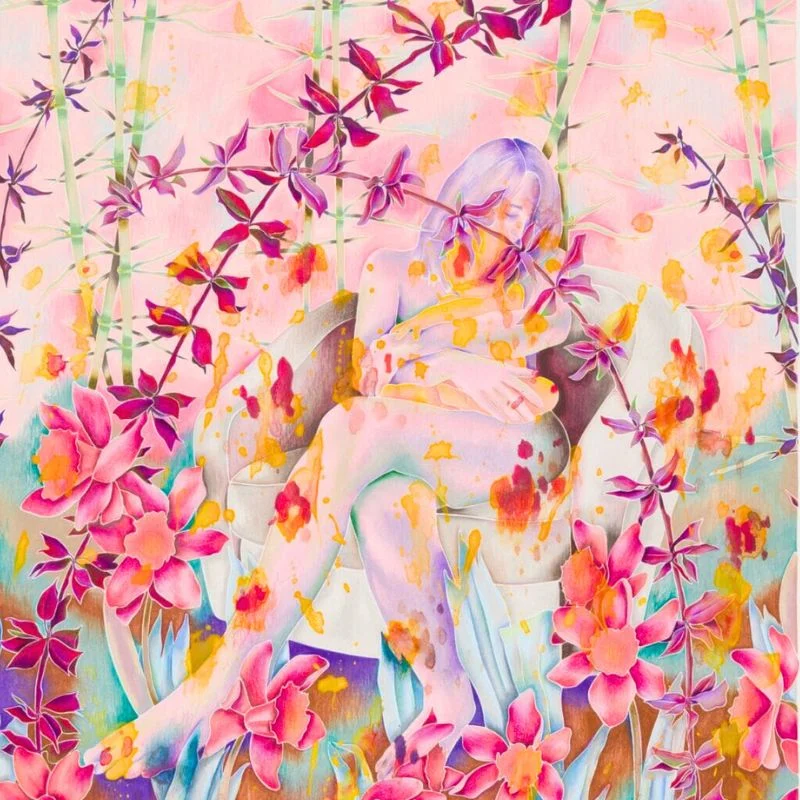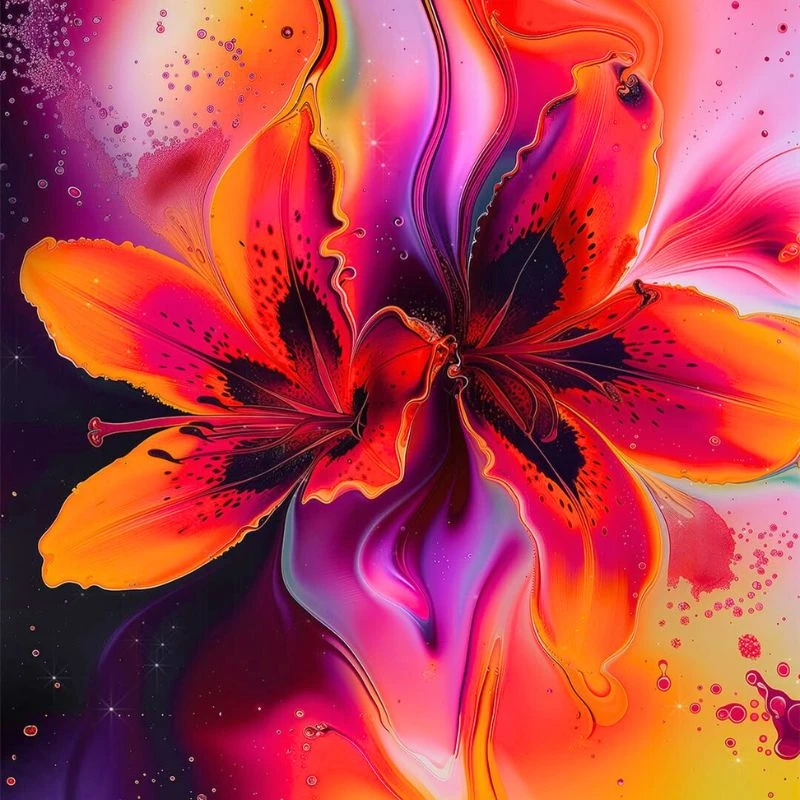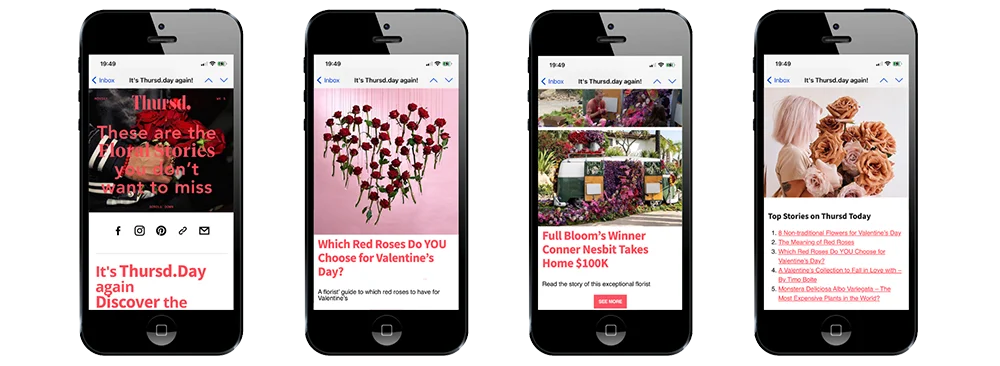The World Cup of Floral Art 2025 in The Hague, Netherlands, has reached its conclusion after several days of competition that brought together 23 floral designers from across the world. The event has been marked not only by strong technical execution but also by the energy inside the venue, where hundreds of visitors, professionals, and enthusiasts gathered to witness how flowers and plants were interpreted through different cultural lenses.
Over the course of six assignments, competitors navigated strict guidelines, time limitations, and unexpected materials. Each round demanded accuracy and fast decision-making, but also the ability to remain calm under pressure. While individual results varied, the overall level remained consistently high, leaving audiences impressed by the variety of perspectives and design approaches on display.
And This Year's World Cup Winner Is... Poland!
After five tasks, the jury selected 10 out of the 23 contestants for a final exam. Task 6! The song of Queen, Bicycle Race played, and the ten competitors on stage knew it: they received a The Hague Bike to decorate with flowers. From these, a top three emerged that was led by the new World Champion Tomasz Max Kuczyński from Poland, followed by runner-up Gábor Nagy from Hungary and Frédéric Dupré in third place.
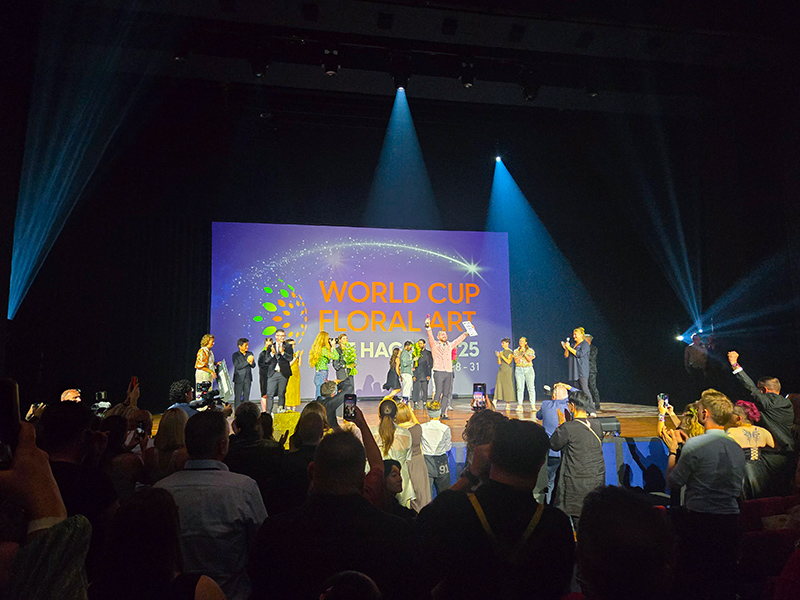
A Week That Showed How Floral Design Can Unite People From Different Countries Around a Shared Passion
The participating designers represented countries as diverse as Finland, Korea, Mexico, Japan, the United States, and beyond. Each brought techniques rooted in their own training but adapted them to fit the competition framework. This collective effort created a sense of shared purpose: to test what can be achieved within the strict boundaries of competitive floral design.
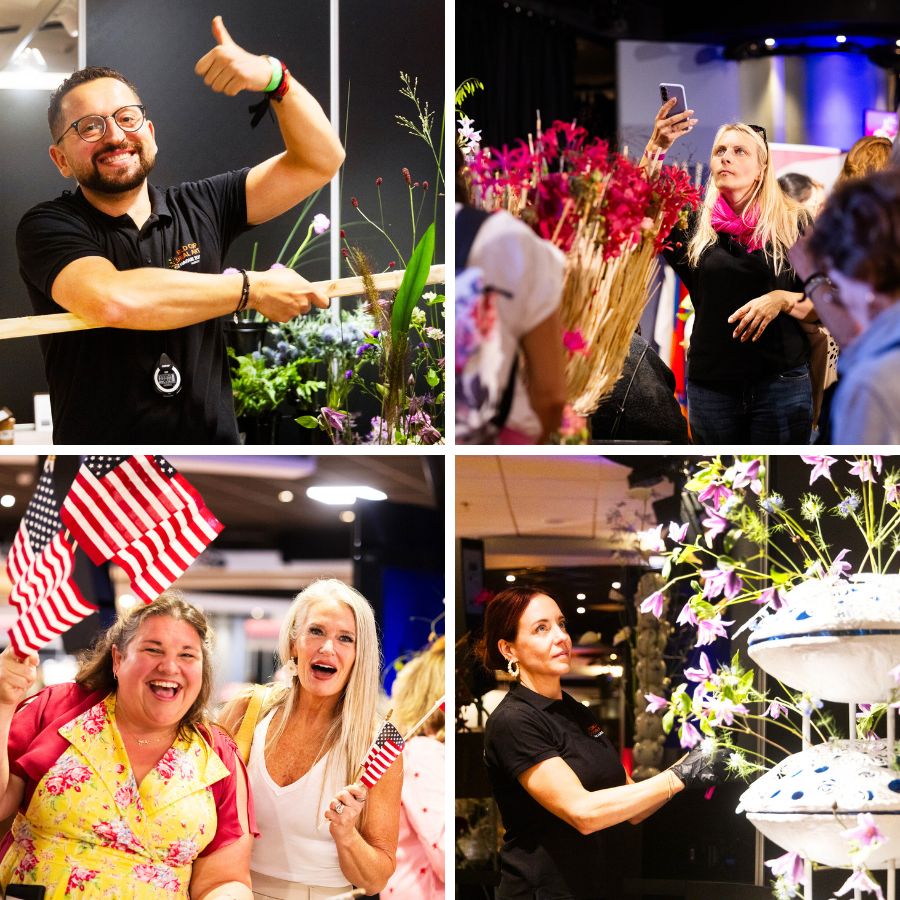
Photos by: @fotostudiovlekke.
The assignments were structured to highlight technical precision and the ability to adapt quickly. From the first round, inspired by the form of the Dutch tulip vase, to the hand-tied bouquet challenge framed in rose gold, the assignments were designed to test different skills. Some tasks required large-scale work with layered structures, while others called for smaller, highly concentrated compositions.
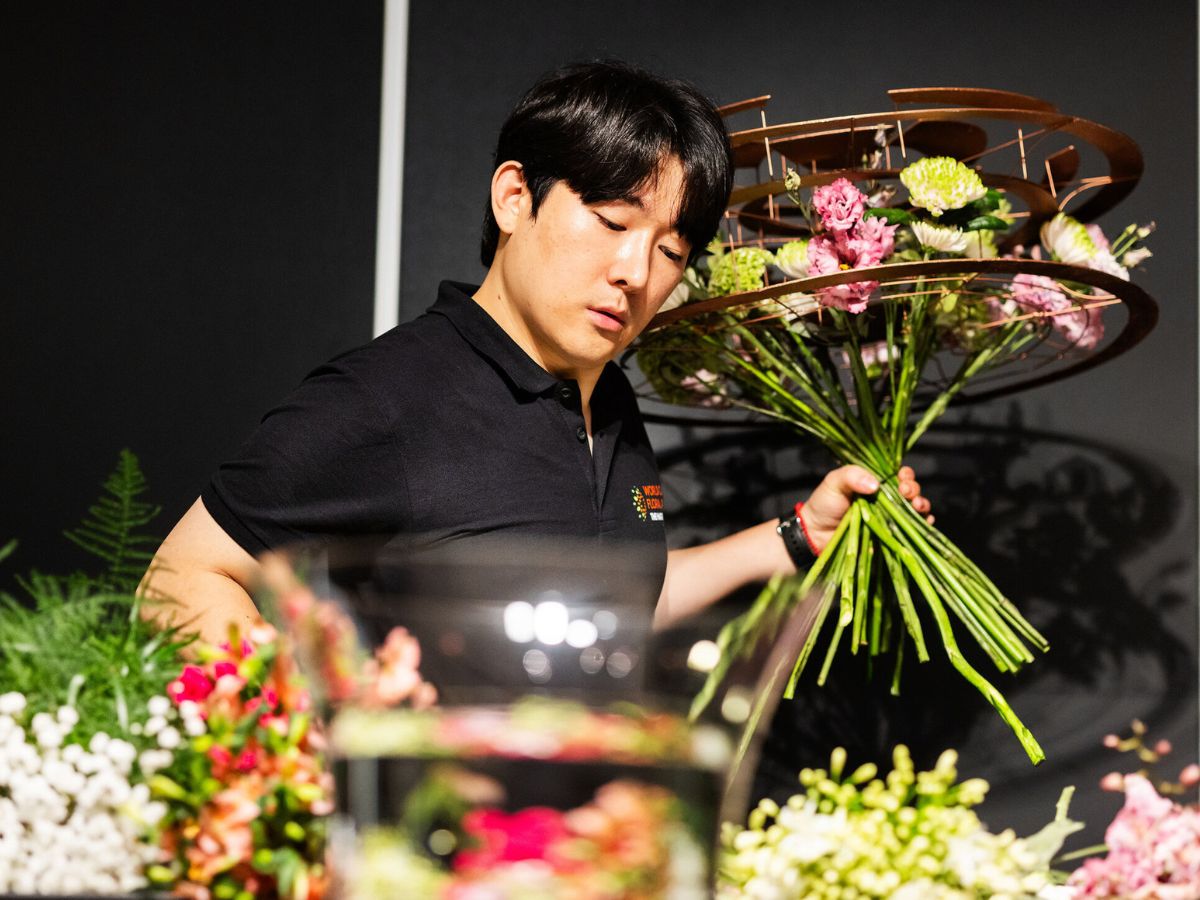
Every stage was time-bound, with conditions that demanded accuracy, such as stem lengths, water requirements, and construction methods, as well as full-on concentration to make every plant and flower used stand out.
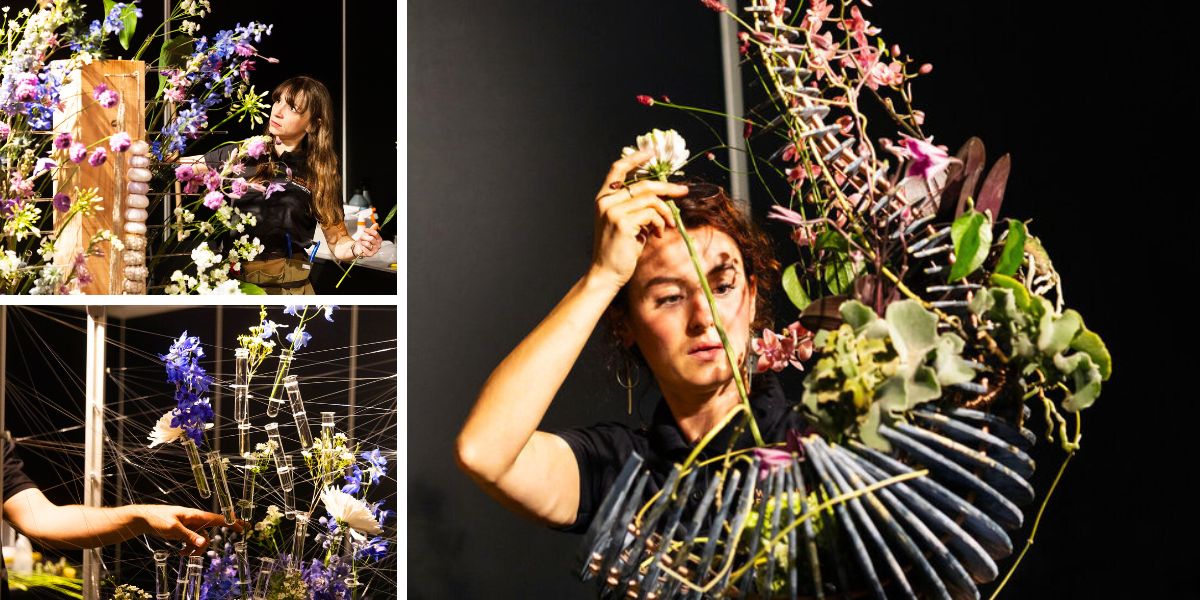
An Event That Created an Environment of Exchange, Learning, and Professionalism
Although rankings and scores were central, the atmosphere among participants was notably supportive. Designers frequently interacted during breaks, sharing observations, encouraging one another, and acknowledging the work unfolding around them. Visitors also noted the professional respect that characterized the event, reinforcing the idea that such competitions are not only about winning but also about connecting people through a shared field.
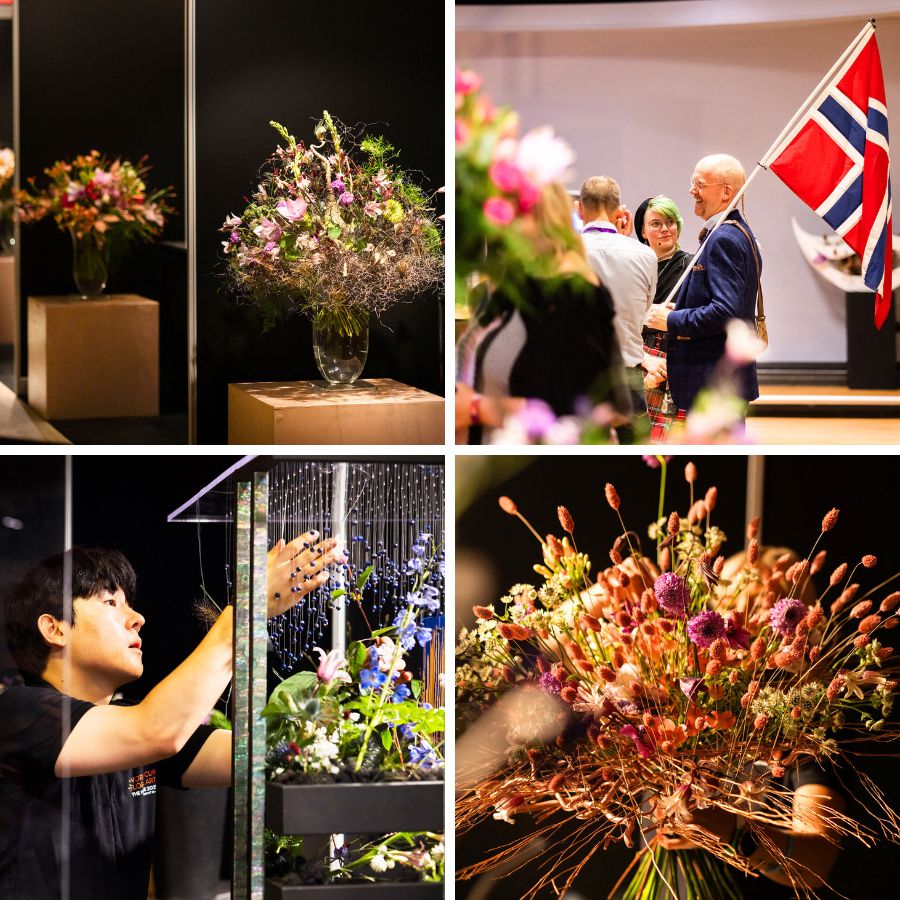
For attendees — with over 2000 visitors in the span of three days — the World Cup was not limited to watching the competitors at work. A broad program of live demonstrations and workshops allowed direct contact with experienced professionals, while exhibitions showcased broader developments in floral design. Many visitors described the event as a rare opportunity to gain insight into both practical techniques and broader international trends influencing the field.
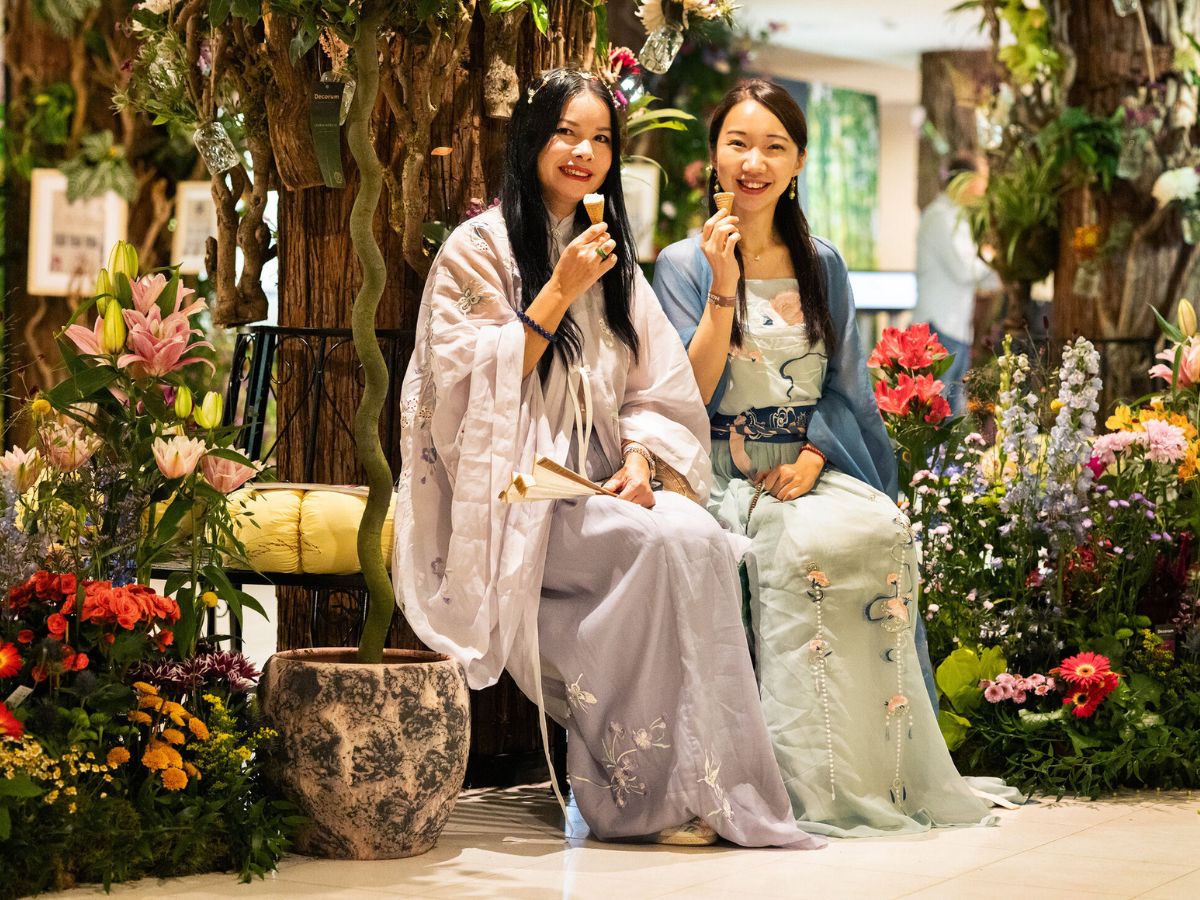
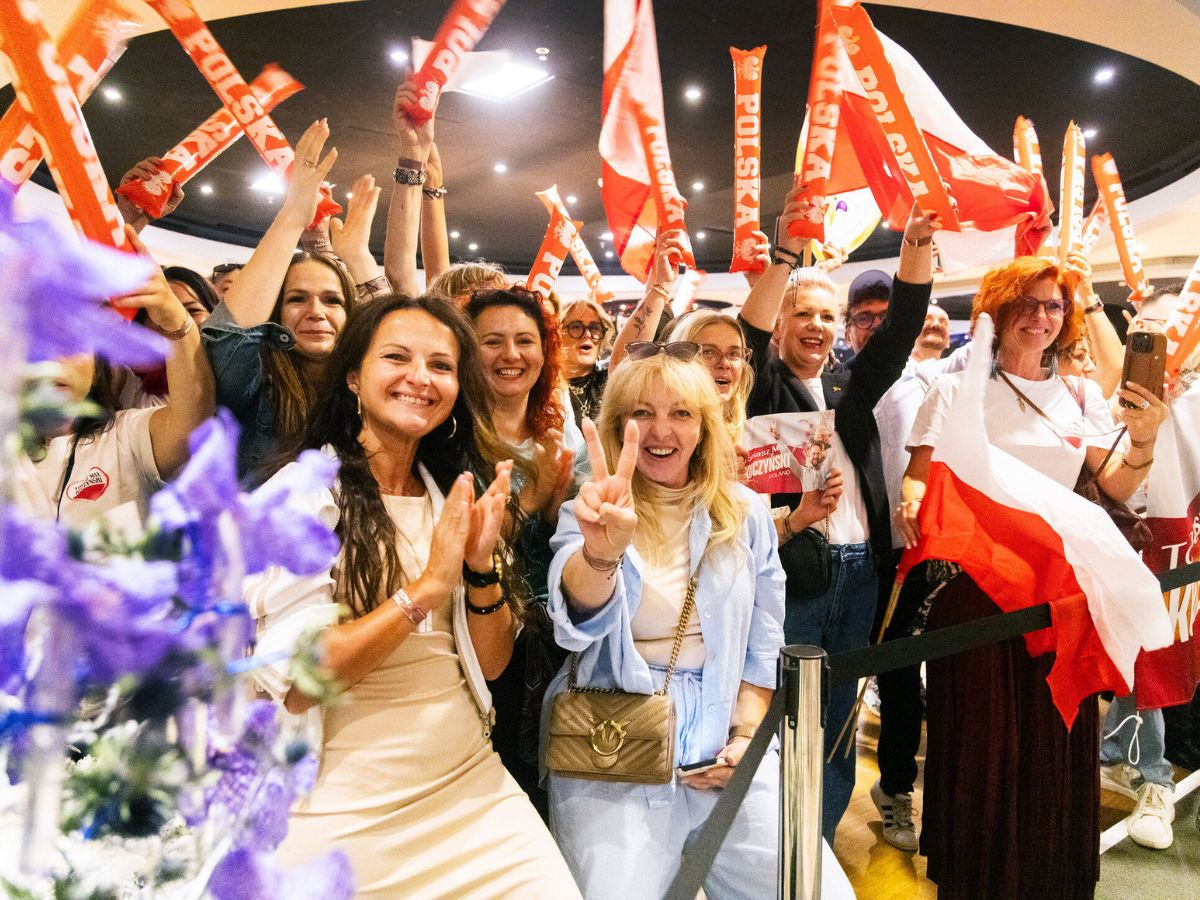
Concentration, Patience, and Long Hours Defined the Days Leading Up to the Final Decision
Behind the scenes, competitors devoted long hours to preparing materials, sketching ideas, and rehearsing construction techniques. Observers noted the level of concentration visible during each timed round. From handling all sorts of botanical materials to solving last-minute structural challenges, the competition revealed the discipline and consistency required to perform at this level.


All eyes turned to the final announcement, where the judges revealed the winner of the 2025 edition, Tomasz Max Kuczyński. Yesss! Poland won the competition. Second was Gabor Nagy from Hungary, and third was France with Frédéric Dupré. After days of concentration, effort, and creative problem-solving, this designer's name is added to the history of the World Cup Floral Art.


